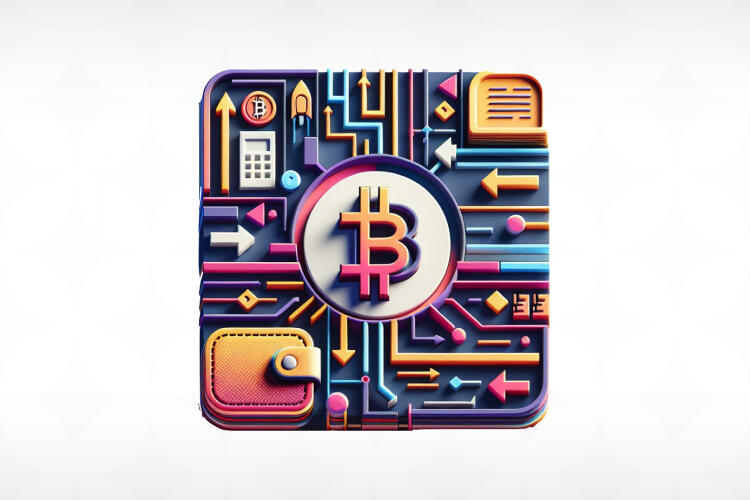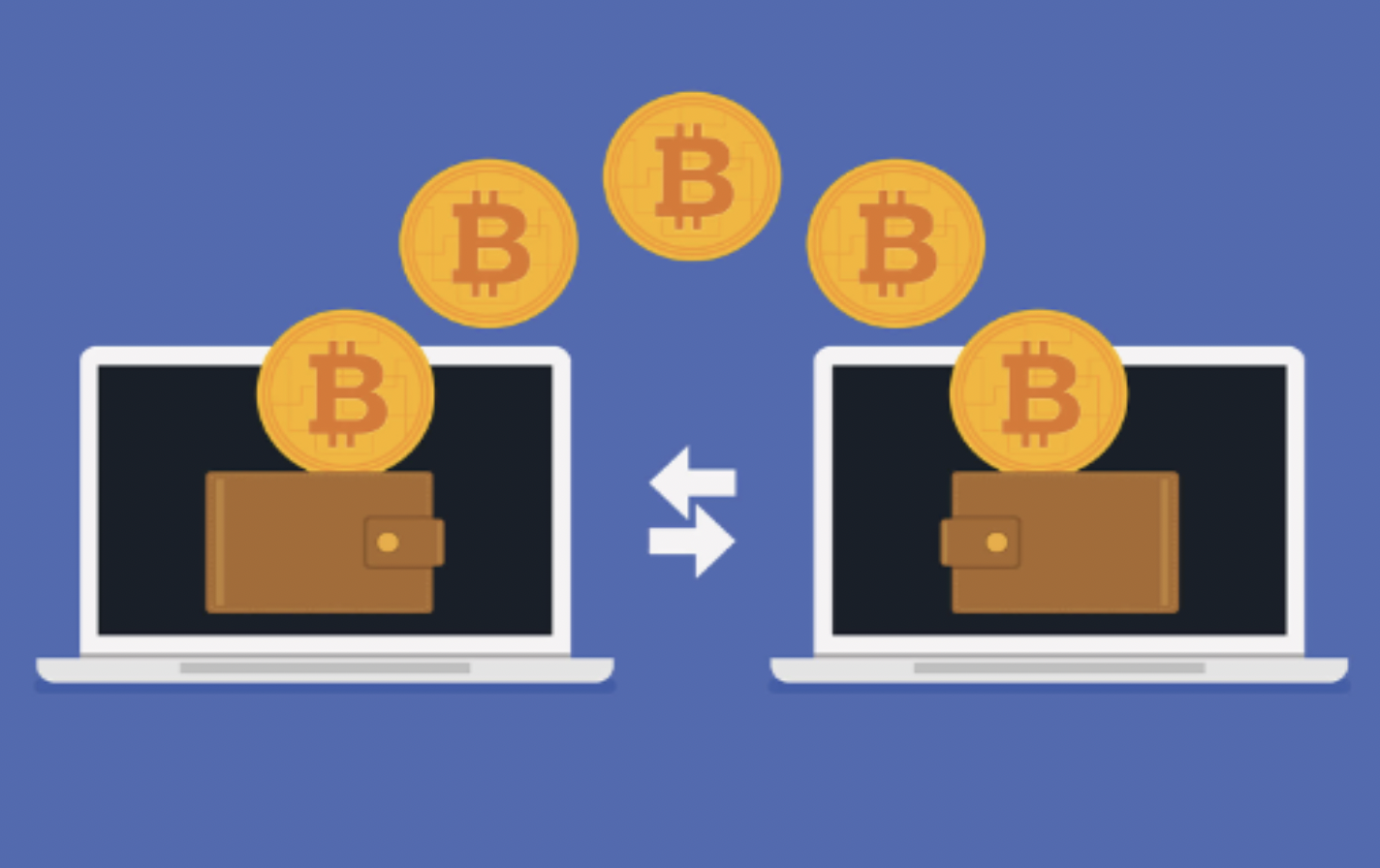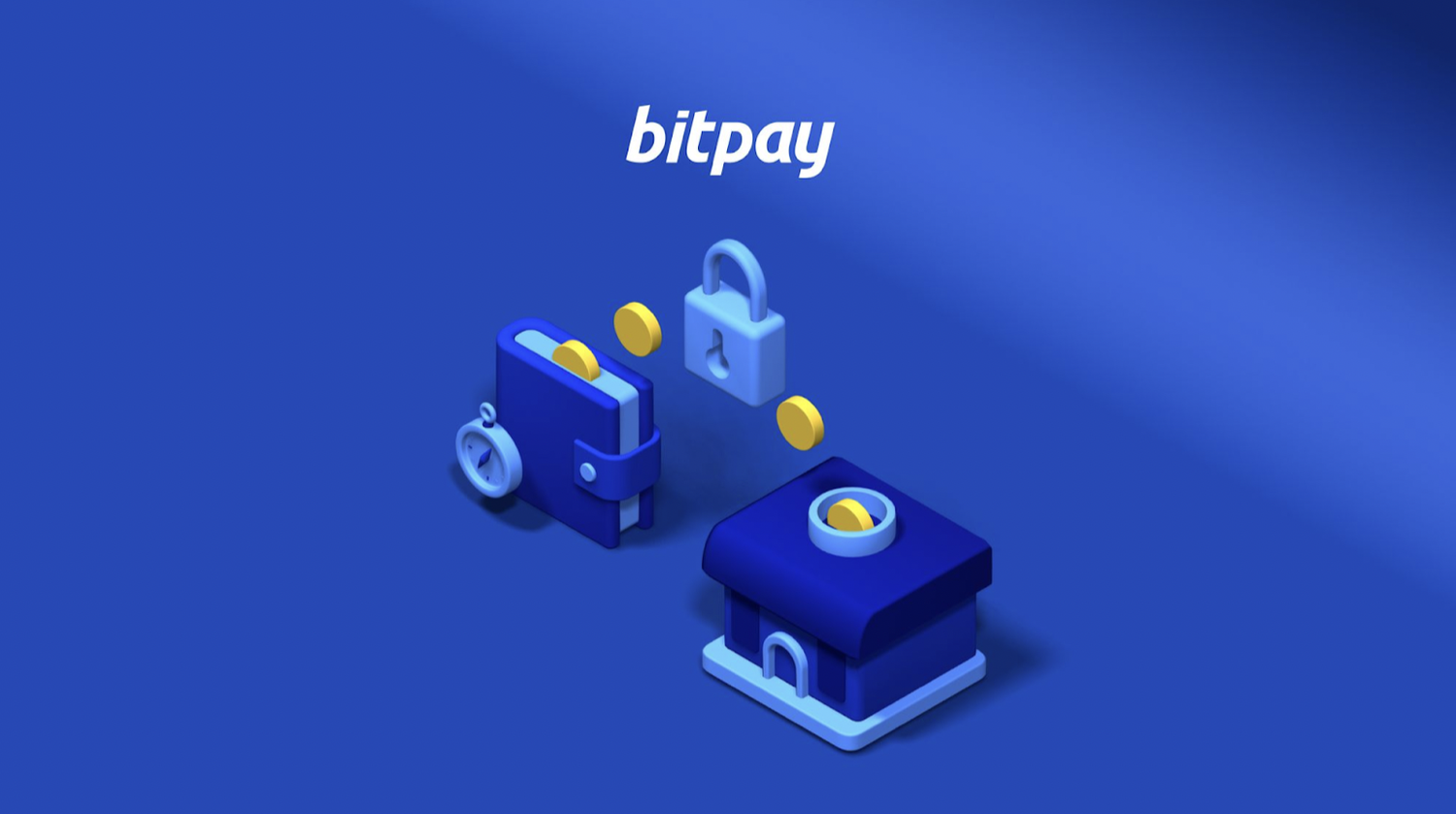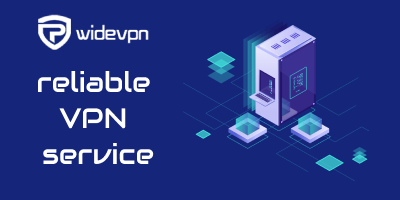
Cryptocurrency transactions sell the promise and dream of swift and efficient payments, but challenges exist in achieving that ideal speed in transaction rate. This article is a brief rundown of the many strategies and technologies for improving the speed of crypto payments while not compromising its security and reliability.
It includes a focus on the integration of a payment gateway for forex brokers, which is crucial in ensuring these transactions are not only fast but also secure and reliable in the demanding forex market.

Challenges and Solutions for Fast Crypto Transactions
There are some challenges that businesses face in the search for faster crypto transactions in the modern market:
- Blockchain scalability. Breaking the networks into smaller groups can increase transaction throughput and reduce block confirmation times.
- Network congestion. Using batching techniques helps reduce network congestion and cut costs of fees.
- Confirmation times. With the use of technologies like replace-by-fee (RBF) and child-pays-for-parent (CPFP), transactions and confirmation times can come faster, to the delight of miners and regular users.
The solutions to these challenges are a testament to the constant evolution in the field of cryptocurrency as they transform it into a mainstream payment method.
Technologies Enhancing the Speed of Crypto Payments
Many technologies are currently making waves in the development of cryptocurrency as a mode of payment in the business. They include:
- Off-chain payment channels help users run fast and low-cost transactions without depending on the main blockchain.
- Consensus mechanism improvements. Protocols facilitating faster consensus mechanisms, such as delegated proof-of-stake (DPoS) and directed acyclic graph (DAG), can get better transaction throughput. For instance, EOSIO employs DPoS in improving crypto speeds and achieves low latency by getting a special group of block producers to validate transactions.
- Layer-2 solutions launch projects on existing blockchains to process transactions off-chain or in parallel.
Without these solutions, the massive adoptions in the crypto world alongside the massive tokenization of numerous web3 projects would have witnessed a slow pace.

Balancing Speed and Security in Crypto Transactions
Let's take a look at the two main strategies that are employed for optimizing transaction speeds in crypto payments:
- Transaction finality. Putting in place consensus mechanisms that focus on both speed and security, such as hybrid consensus models combining proof-of-work (PoW) and proof-of-stake (PoS), can help achieve this balance without much cost.
- Risk of double spending. Accelerating transaction speeds may heighten the risk of double spending errors and frauds, where a user tries to spend the same cryptocurrency twice.
With consensus mechanisms that place a high focus on both aspects and using risk mitigation strategies like delayed settlement, the crypto ecosystem can survive these anti-adoption challenges effectively.
Case Studies: Speed Optimization in Crypto Payment Platforms
Pay attention to examples of brands that utilized speed optimization techniques to solve the issues related to low speed and delivering timely and efficient crypto payments to their clients.
Case Study 1: NOWPayments
NOWPayments, as a leading crypto payment platform, plays a crucial role in optimizing transaction speed for businesses. Its huge coin and network selection, streamlined processes and integration-friendly APIs enable businesses to leverage the speed of cryptocurrency transactions without sacrificing security or reliability.
Case Study 2: BitPay
BitPay, a leading cryptocurrency service provider, employed payment batching and blockchain optimization techniques to deliver speedy payment solutions and stable processing for merchants.
Case Study 3: Binance Smart Chain
Binance Smart Chain employs a DPoS consensus mechanism and parallel processing to support high transaction throughput. This enables fast and cheap transactions for decentralized applications (DApps) and DeFi platforms.
In conclusion, crypto speed optimization for payments needs brands and businesses to address challenges in blockchain scalability, network congestion, and transaction confirmation times.















